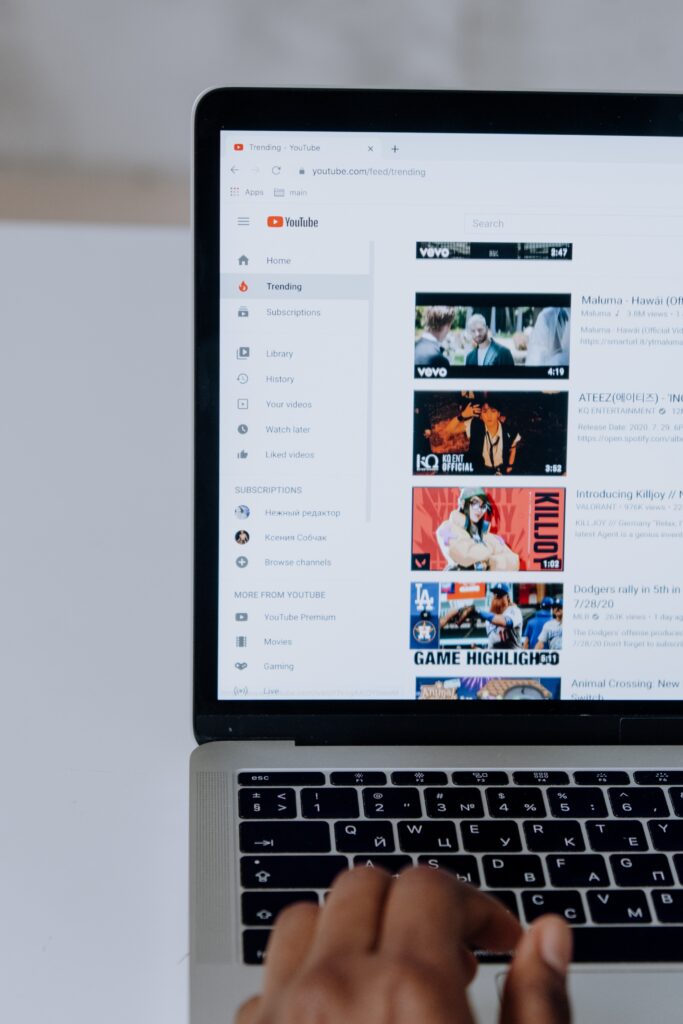Welcome to Ibex Analytics
- +14253899644
- 14121 Tukwila International Blvd, Tukwila WA 98168
- info@ibexanalytics.net
Welcome to Ibex Analytics

Data is the foundation for a personalized customer experience. If you have accurate data, you can use data science and machine learning to mold the whole client experience. Recommender systems are very effective customization tools because they are an excellent method for “discovery” presenting user’s stuff they would like but are unlikely to find on their own. In this article, we analyze the working of Netflix, Amazon and Youtube’s recommendation systems;

Netflix
In the realm of recommendation systems, Netflix is ahead of the curve. In 2000, the platform launched its first iteration of a recommendations system. Netflix offered a $1,000,000 award in 2006 for the greatest data filtering algorithm, which was determined via a competition. Netflix’s current method of tailored suggestions relies on 4 complicated algorithms that consider users’ ratings and preferences, as well as the movies’ descriptions and intended audiences’ ages. The generated suggestions are shown in a table with many rows, each row representing a different category and user desire. Netflix’s recommendation algorithm has been so successful that the company believes it is responsible for attracting as much as 80% of total viewing time. In addition, the platform is constantly working to enhance the user experience to increase retention, which will lead to savings in customer acquisition.
Amazon
Some 35% of Amazon’s income is supposedly generated by the company’s recommendation algorithm. It’s widely regarded as one of the best suggestion tools available. Its success may be attributed to the many different recommendation models it employs and how they are strategically implemented in the many different tabs of the site. On the shopping basket page, up-selling models like “other customers also purchased” are fantastic, and “similar” or “popular” models on the product page have a favorable effect on clickthrough’s and conversions. Amazon uses filter grouping algorithms that work well with large datasets and can provide useful suggestions in real time. Amazon’s high ROI is a direct result of the system’s efficiency, while shoppers have a better chance of stumbling onto unique items they may have missed otherwise.



Since May of this year, more than 500 hours of video each minute have been posted to YouTube. Users need a reliable method to sort among millions of videos, ranging from short comedies about cats to in-depth how-to guides. Google Brain, now known as TensorFlow, is behind the scenes of YouTube sponsorships. This greatly facilitated Google’s ability to train, test, and deploy AI-based solutions across a wide range of conditions. YouTube uses two primary neural networks as its recommendation engine. The first one’s job is to come up with potential prospects. Based on the user’s watching history, user questions, and other demographic indicators, it analyses millions of films and narrows the collection down to just a few hundred. The following stage, a rating system, is the domain of the second neural network. It considers the user’s language, the video’s language, and the user’s preferences in addition to data from the candidate generation system. It then sorts the films according to how likely it is that they would be of interest to a certain user. The instantaneous nature of these recommendations is undeniably beneficial to the consumers.